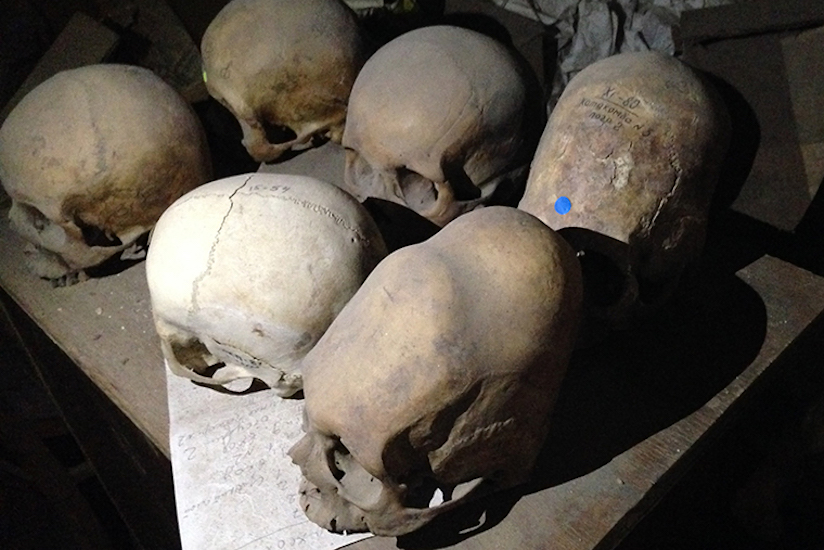Fueled by technological advancements, ancient DNA research has grown by leaps and bounds over the last decade. From the first full ancient genome published in 2010 to the more than 4,000 analyzed today, the DNA collected from ancient human remains has advanced researchers’ understanding of the origins and history of human populations around the world.
However, given the relative infancy of the field and its rapid development, researchers find themselves in a position where they are building the plane while flying, figuratively speaking.
“There are very serious ethical implications to dealing with human remains. These samples are taken from humans who had lives, families, and whose bodies represent the ancestral history of people still living today.”
Michael Frachetti
Recently, Michael Frachetti, professor of archaeology in Arts & Sciences at Washington University in St. Louis who has used ancient DNA research to study Central and Eastern Eurasia populations, was one of 64 scholars from 31 countries who collaborated to develop a set of globally applicable best practices for sampling human remains and carrying out scientific analysis. The guidelines were published Oct. 20 in the journal Nature.
